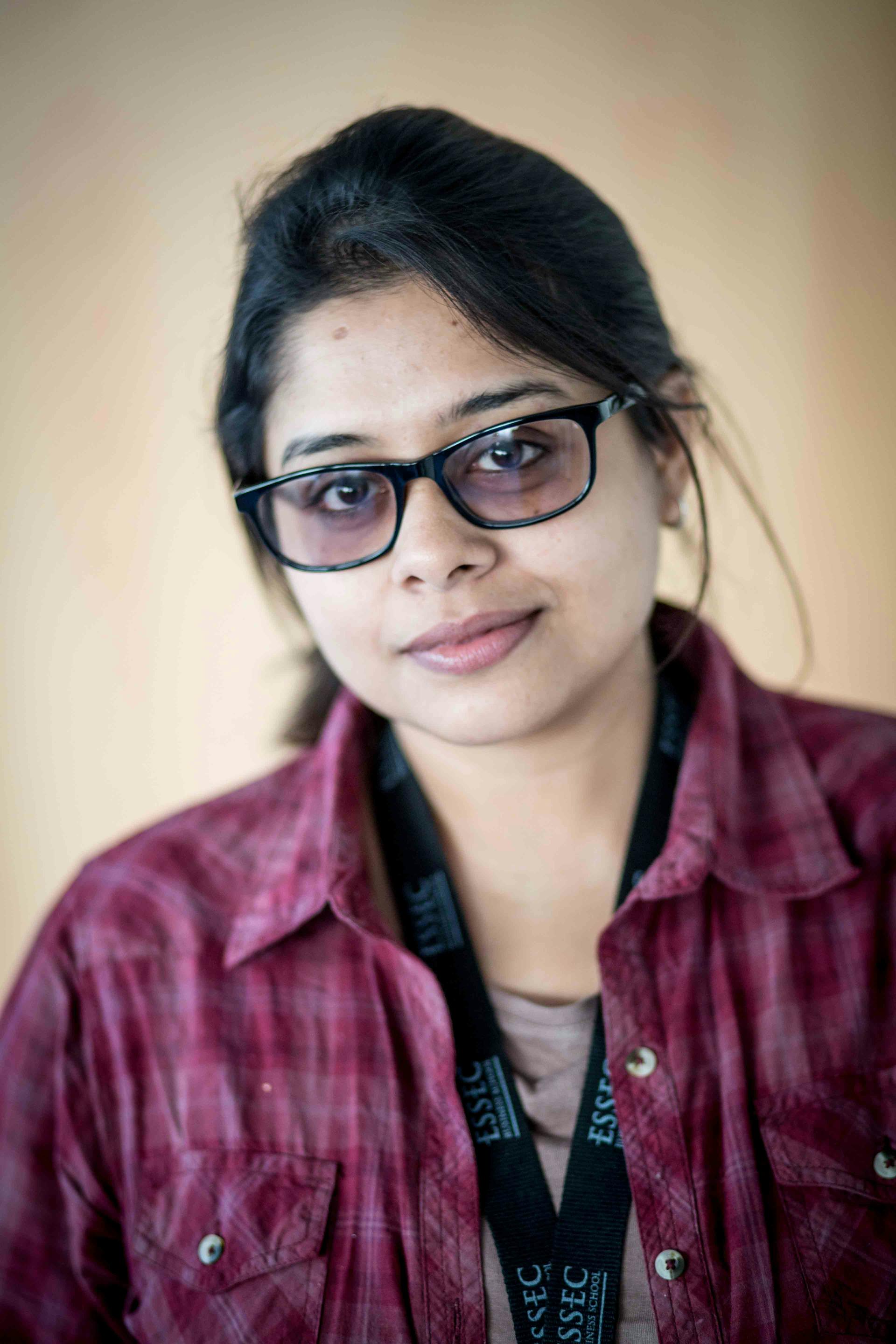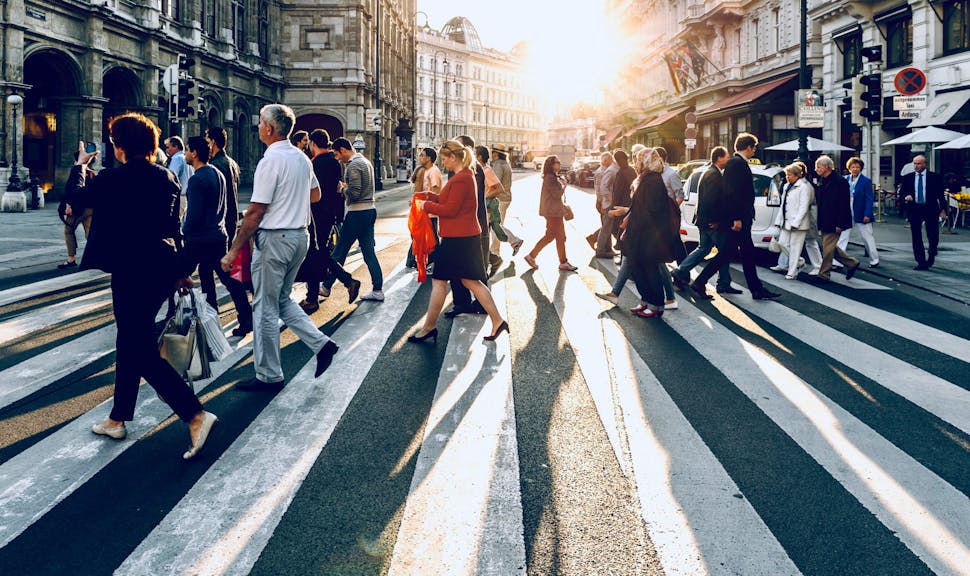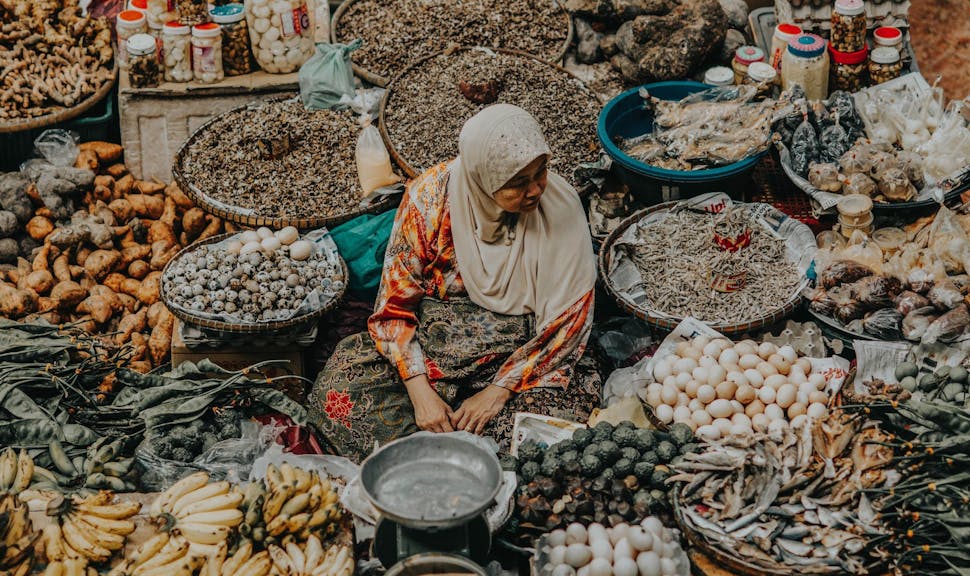

Dr. Tista KunduAXA Fellow at the Centre de Sciences Humaines of New Delhi
June 24, 2022
The multiple faces of inequality in India
Dr. Tista Kundu, AXA Fellow at the Centre de Sciences Humaines of New Delhi, explains how caste, gender, family background, and their interrelation determine the inequality of income and opportunity in the Indian society.
4 minutes
Original Content: The Conversation, in partnership with the AXA Research Fund
Known for its caste system, India is often thought of as one of the world’s most unequal countries. The 2022 World Inequality Report (WIR), headed by leading economist Thomas Piketty and his protégé, Lucas Chancel, did nothing to improve this reputation. Their research showed that the gap between the rich and the poor in India is at a historical high, with the top 10% holding 57% of national income – more than the average of 50% under British colonial rule (1858-1947). In contrast, the bottom half accrued only 13% of national revenue. A February report by Oxfam noted that 2021 alone saw 84% of households suffer a loss of income while the number of Indian billionaires grew from 102 to 142.
Both reports highlight not only the problem of revenue inequality but also of opportunity. While there may be disagreement between left and right on the ethics of equality, there is a consensus that everyone should be given the chance to succeed and the principle of fairness – and not factors such as birth, region, race, gender, ethnicity or family backgrounds – ought to lay the foundations of a level playing field for all.
Drawing from the latest pre-pandemic database from the Periodic Labour Force Survey of 2018-19, our research confirms this is far from the case in India. On the one hand, the country has had a consistently high GDP growth rate of more than 7% for nearly two decades, the exception being the period around the 2008 financial crisis. On the other hand, this income has failed to trickle down to India’s marginalised communities, with preliminary results pointing to a higher level of inequality of opportunity in the country than in Brazil or Guatemala.
Precarity, as well as a large shadow economy, also plague the country’s labour market. Even before the pandemic, only 30% to 40% of regular salaried adult Indian earners had job contracts or social securities such as national pension schemes, provident funds or health insurance. For self-employed workers, the situation is even more critical, even though these constituted nearly 60% of the Indian labour force in 2019.
Castes, gender and background still determine life chances
Our research indicated that at least 30% of earnings inequality is still determined by caste, gender and family backgrounds. The seriousness of this figure becomes clear when it’s compared with rates of the world’s most egalitarian countries, such as Finland and Norway, where the respective estimates are below 10% for a similar set of social and family attributes.
The caste system is a distinctive feature of Indian inequality. Emerging around 1500 BC, the hereditary social classification draws its origins from the occupational hierarchy. Ancient Indian society was thought to be divided into four Varnas or castes: Brahmins (the priests), Kshatriyas (the soldiers), Vaishyas (the traders) and Shudras (the servants), in order of hierarchy. Apart from the above four, there were the untouchables
or Dalits (the oppressed), as they are called now, who were prohibited to come into contact with any of the upper castes. These groups were further subdivided in thousands of sub-castes or Jatis, with complicated internal hierarchy, eventually merged into fewer manageable categories under the British colonisation period.
The Indian constitution secures the rights of the Scheduled Castes (SC), Scheduled Tribes (ST) and Other Backward Class (OBC) through a caste-based reservation quota, by virtue of which a certain portion of higher-education admissions, public sector jobs, political or legislative representations, are reserved for them. Despite this, there is a notable earning inequality between these social categories and the rest of the population, who consists of no more than 30% to 35% of the Indian population. Adopting a data-driven approach we find that, on average, SC, ST and OBC still earn less than the rest.
While unique, the caste system is not the only source of unfairness. Indeed, it accounts for less than 7% of inequality of opportunity, something that’s in itself laudable. We will need to add criteria such as gender and family background differences to explain 30% of inequality.
In a country where femicides and rapes regularly make headlines, it comes as no surprise that women from marginalised social groups are often subject to a double disadvantage
. For some states such as Rajasthan (in the country’s northwest), Andhra Pradesh (south), and Maharashtra (centre), we find even upper-caste women enjoy fewer educational opportunities than men from the marginalised SC/ST communities. Even among the graduates, while the national average employment rate for males is 70%, it is below 30% for the females.
A temporary byproduct of rising growth?
Rising inequality could be dismissed as a temporary byproduct of rapid growth on the grounds of Simon Kuznets’ famous hypothesis, according to which inequality rises with rapid growth before eventually subsiding. However, there is no guarantee of this, least of all because the widening gap between rich and poor is not only limited to fast-growing countries such as India. Indeed, a 2019 study found that the growth-inequality relationship often reflects inequality of opportunity and prospects of growth are relatively dim for economies with a bumpy distribution of opportunities.
Despite sporadic evidence of converging caste or gender gaps, our research shows an intricate web of social hierarchy has been cast over every aspect of life in India. It is true that some deprived castes may withdraw from school early to explore traditional jobs available to their caste-based networks – thereby limiting their opportunities. However, are they responsible for such choices or it is the precariousness of the Indian economy that pushes them down such routes? There is no straightforward answer to these questions, even if some of the bad choices
that individuals make can result more from pressure than choice.
Given the complicated intertwining of various forms of hierarchy in India, broad policies targeting inequality may have less success than anticipated. Dozens of factors other than caste, gender or family background feed into inequality, including home sanitation, school facilities, domestic violence, access to basic infrastructures such as electricity, water or healthcare, crime rates, political stability of the locality, environmental risks and many more.
Better data would allow researchers studying India to capture the contours of its society and also help gauge the effectiveness of policies intended to expand opportunities for the neediest.




